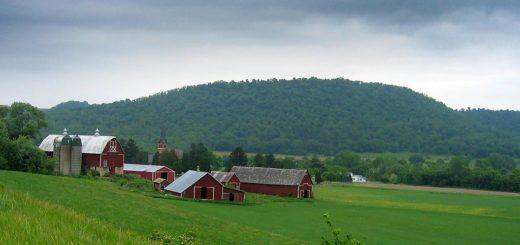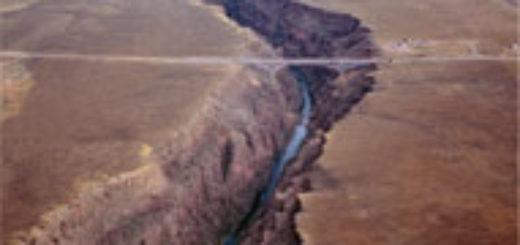Speaking of Glyphosate
Glyphosate. It’s the key active ingredient in Monsanto’s Roundup. And the most widely used herbicide in the world—even though last year it was classified as “probably carcinogenic to humans” by the International Agency for Research on Cancer, the specialized cancer agency of the World Health Organization.
Many countries have now banned glyphosate. The EU is likely to reject Monsanto’s bid to renew licensing of glyphosate. The U.S. Environmental Protection Agency has yet to rule on whether or not to allow the continued use of glyphosate in the U.S.
Most of the scrutiny around glyphosate has rightly focused on the herbicide’s impact on human health. But what about the long-term consequences of spraying millions of tons of glyphosate on our soils?
The UK-based Soil Association, in a report issued this week, says there’s plenty of cause for concern about how glyphosate behaves in the natural environment, how it interacts with living organisms, and the pathways through which it is degraded. For starters, says the report, evidence suggests glyphosate-based herbicides can adversely affect the biology of mammals. And, contrary to Monsanto’s claims that the herbicide poses no threat to the environment because it degrades quickly, the latest evidence says otherwise.
| My Comment: Poison!! |














